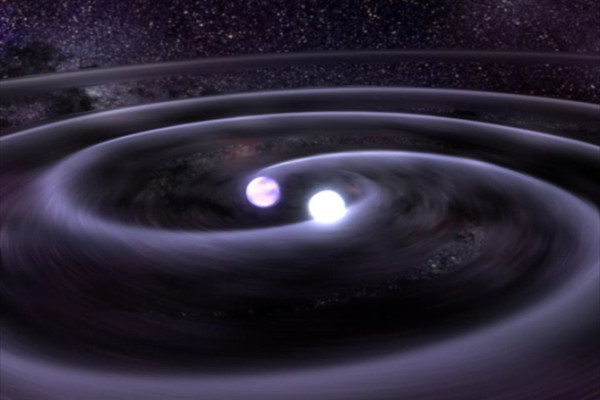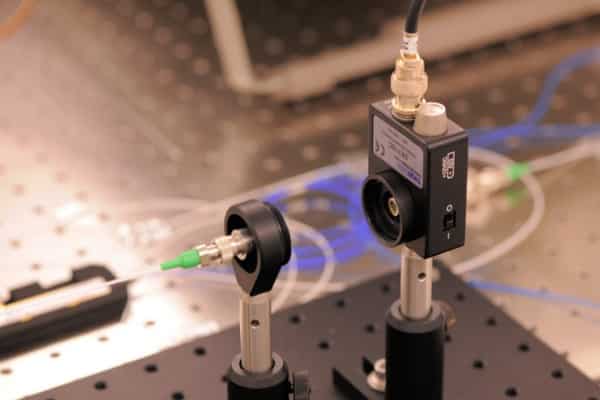Albert Einstein predicted – the existence of gravitational waves that ripple outward from moving celestial objects such as stars or black holes become so weak by the time they reach Earth that the planet quivers by less than an atom’s width in response. And now NASA wants to harness that spooky quantum behavior of atoms to help detect the gravitational waves. Get the amazing details inside.
According to prediction of Albert Einstein’s general theory of relativity, gravitational waves occur when massive celestial objects move and disrupt the fabric of space-time around them. By the time these waves reach Earth, they are so weak that the planet expands and contracts less than an atom in response. This makes their detection with ground-based equipment more challenging because environmental noise, like ocean tides and earthquakes, can easily swamp their faint murmurings.
Astrophysical observations have implied their existence, but not for sure. Even the ground-based Laser Interferometer Gravitational-Wave Observatory hasn’t detected the gravitational waves literally. But still now scientists have said that the discovery of gravitational waves would revolutionize astrophysics and giving them a new tool for studying everything specially from black holes to the early universe. However, a team of researchers at NASA’s Goddard Space Flight Center in Greenbelt, Stanford University in California, and AOSense, Inc. in Sunnyvale, California believe that the atom optics or atom interferometry holds the key to detect the gravitational waves directly. In an attempt to detect the gravitational waves directly, the Stanford and Goddard team in collaboration with AOSense, Inc. are trying to develop an interferometer (an interferometer is a device that can detect very small changes with great accuracy) that uses atoms instead of light to produce an ultrasensitive detector and record gravity waves. The video below may help you better understanding.
Recently the team has won funding under the NASA Innovative Advanced Concepts (NIAC) program to advance atom-optics technologies. Researchers believe with the help of existing and developing technology, they’ll be able to navigate around a near-Earth asteroid to measure its gravitational field and deduce its composition. The advance sensors that are being developed is believed to detect predicted gravitational waves theoretically. There’s a lot more about it. You will find it at NASA.
Source : NASA
Thanks To : Gizmag
[ttjad keyword=”atnt-contract-phone”]





